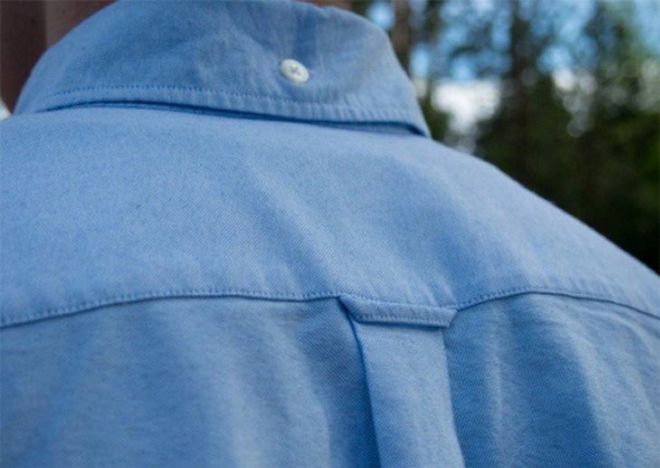Your clothing serves a number of purposes. It has the ability to simultaneously protect you from the elements and allows you to demonstrate a personal style and story. Yet, while you may appreciate what your wardrobe stands for and all that it can do for you, know this: you can do so much more. So, if you’ve never quite understood all that your clothing does for you and all the secret mechanisms hidden away in your shirts and pants and jackets, we’ve uncovered the hidden purposes of everyday wardrobe items. After reading this, you’ll never look at your threads the same way again:
1. Rivets on your jeans
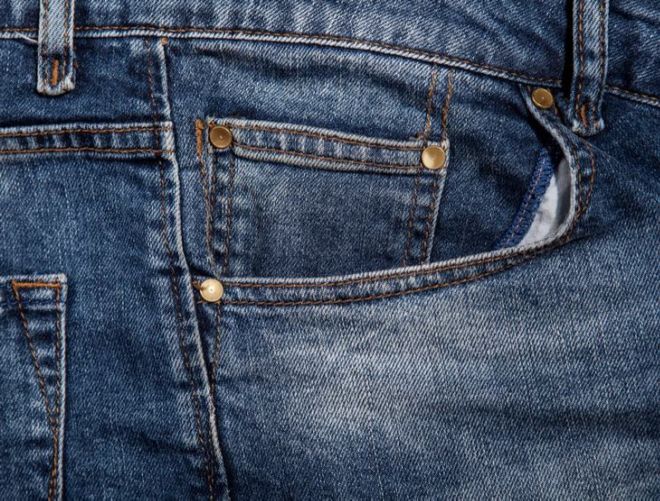
Those studs on your jeans aren’t just for decoration. In the late 1800s, day laborers wore jeans as they worked. This created the need for extra reinforcement in the areas most prone to breakage. This added feature ensures that your jeans can put up with the added amounts of wear and tear.
2. The pocket in women’s underwear is for added comfort
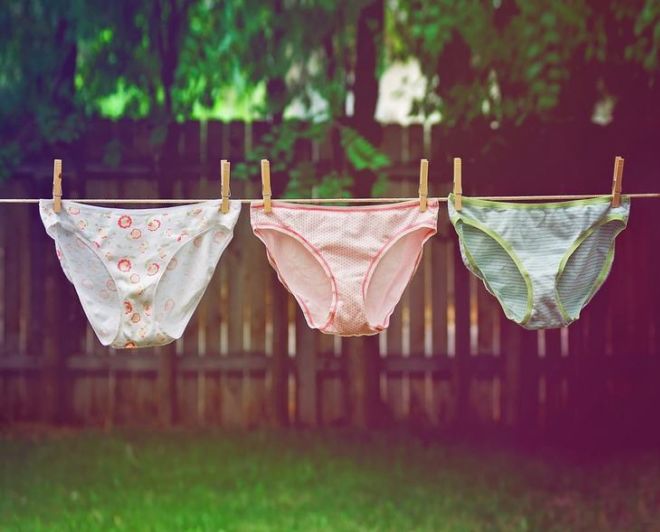
Men’s underwear is reinforced with two layers of fabric, and women’s underwear is made to be thinner, with a small pocket of material in the middle. This difference was created due to the more delicate nature of women’s skin, which wouldn’t fare well against the rougher texture of men’s underwear.
3. Left-sided shirt buttons make it easier for women to breastfeed

There are many theories that try to explain why women’s shirts contain buttons on the left side rather than the ride (as it is for men’s shirts). The real reason for this button alignment is to make it easier for women to unbutton their shirts in order to breastfeed. According to Southern Living Magazine, with the buttons on the left, women would easily use their free hand to unbutton their shirt. Given that most people are right-handed, the hand they’ll hold a baby in means the left is best used for unbuttoning a shirt.
4. Stitched-up pockets are meant to be undone
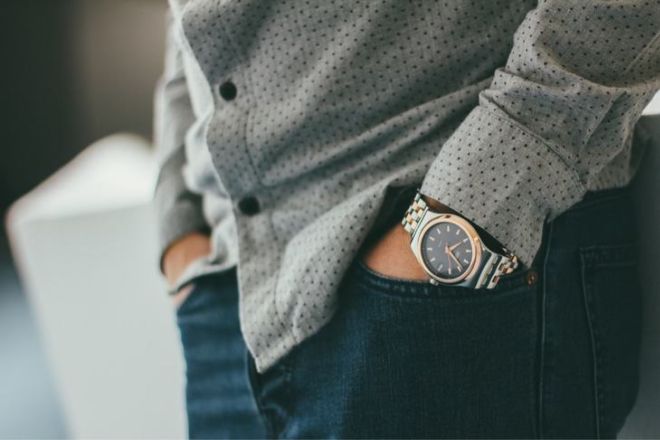
You’ve likely noticed the stitches at the end of blazer and jacket seams, the stitches in pockets are actually meant to be let out in order to reveal pockets. So, if next time you aren’t pleased with discovering stitched up pockets on a new pair of jeans, you may be able to rip a few seams to find the hidden pockets you want.
5. Triangles sewn into sweatshirts are meant to absorb sweat
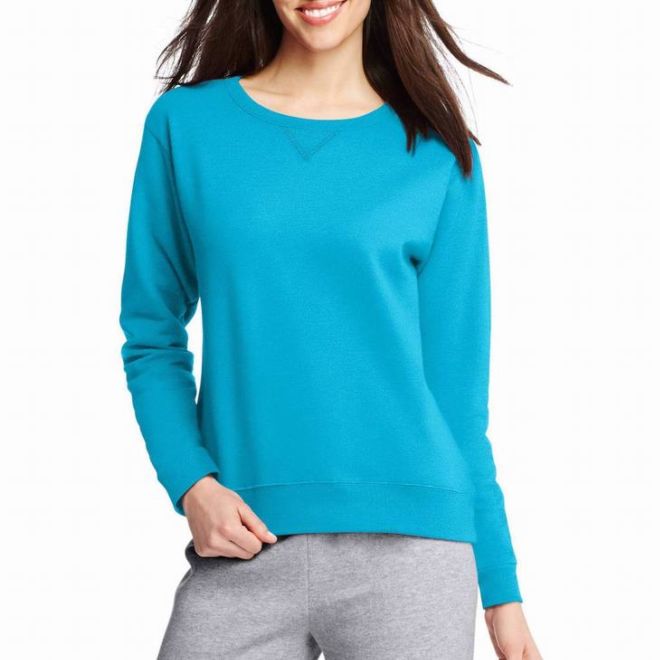
If you’ve noticed the triangle sewn into sweatshirts, it is actually made from a piece of ribbed cotton jersey or material that is commonly found in waistbands. When stitched into the sweatshirt it can actually absorb around the neck and chest. But since it was invented in the 1920s, many sweatshirts only feature the stitch and not the specific material.
6. Top and bottom buttonholes face another direction for strength
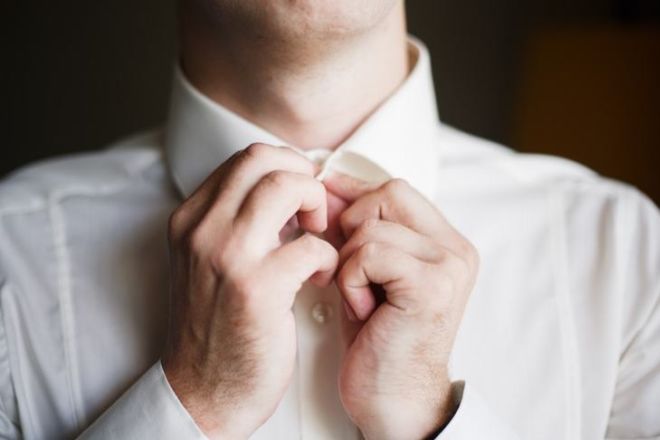
The top and bottom buttons on dress shirts are the most likely to come unfastened. Designers make the buttonholes horizontal as opposed to vertical in order to ensure that they stay in place.
7. The bottom button is reinforced with more thread
To enhance the strength of the bottom button you might have noticed some designers reinforce the buttonhole with an extra, colored thread.
8. Heels were first designed for men to ride horses
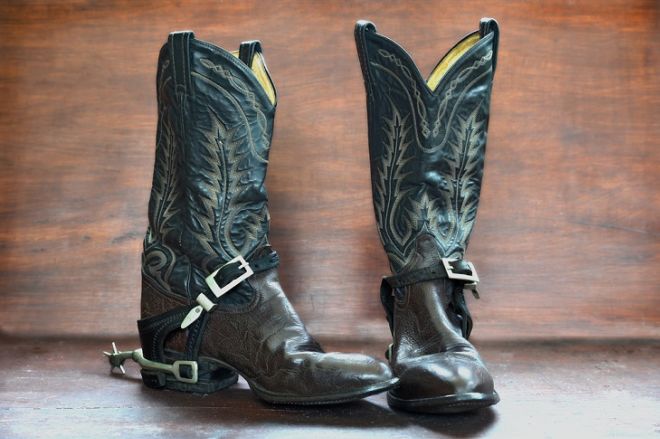
Men wore heels as early as the 10th century in order to stay secure in their stirrups. Even centuries later, cowboys still wear boots with heels to achieve the same security on their horses.
9. The loop on the back of dress shirts is more practical than fashionable
